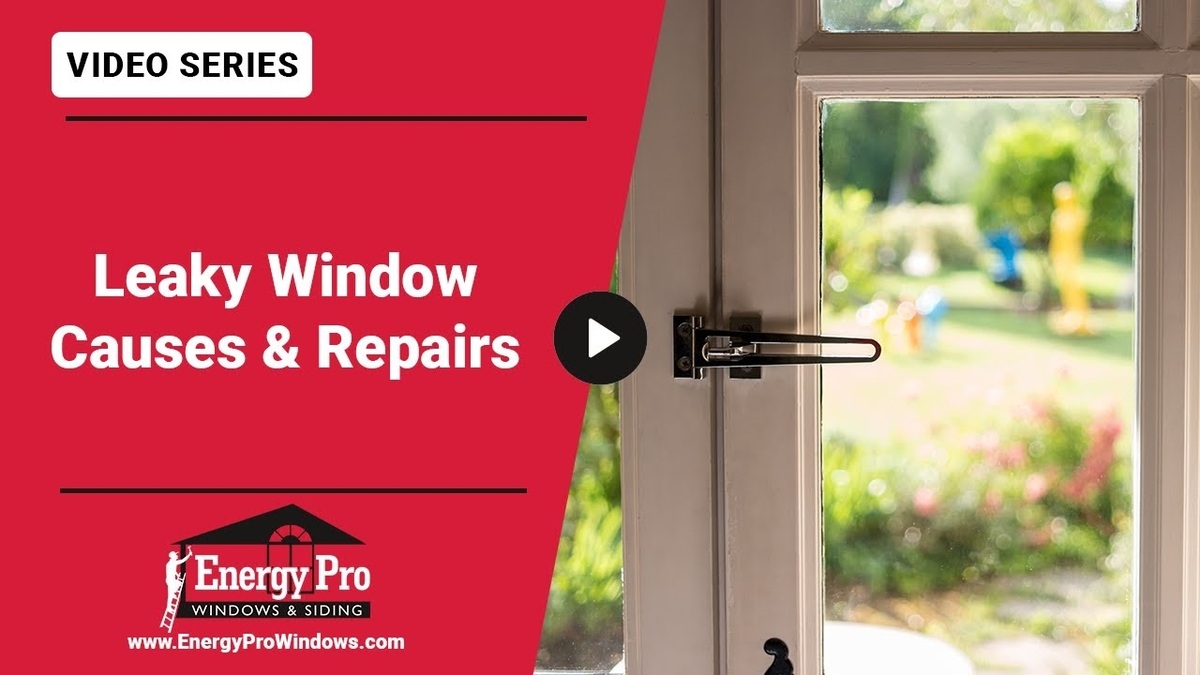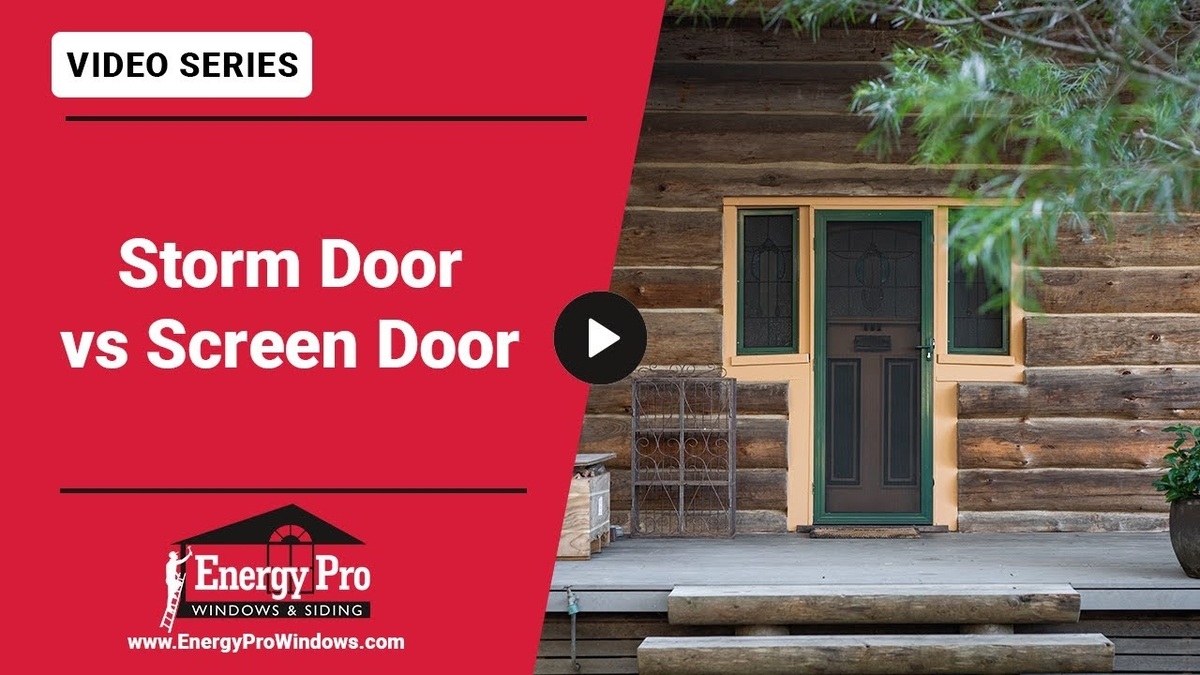Wood window frames are known for their classic look and natural warmth, but once rot sets in, it opens the door to bigger issues. Many homeowners ask if it’s worth repairing rotting wood window frames, especially if they’ve heard about local handymen who used to rebuild them. The truth is, while repairs may seem like a quick fix, they come with trade-offs you need to know about—particularly when it comes to warranties and energy performance.
In this post, we’ll break down exactly what happens when you repair instead of replace, and why choosing the right solution now can save you more later.
Why Wood Window Frames Start to Rot
Rot happens when moisture breaks down the fibers in your window’s wood frame. This usually starts with peeling paint, exposed joints, or water infiltration. If ignored, the damage spreads, causing the wood to soften, crack, or crumble.
Years ago, it wasn’t uncommon to find handymen who would come out and repair or rebuild wood windows. These professionals might patch or replicate damaged parts of the frame. While this might seem like a helpful service, it’s not the standard anymore—for good reason.
Understanding Insulated Glass Units and Warranty Risks
The Role of the Factory Sash Frame
Modern windows often come with insulated glass units (IGUs), which are two or more panes of glass sealed together for better thermal performance. These units come with a warranty, but here’s what most homeowners don’t realize: that warranty is directly tied to the original factory sash frame.
Once the window is rebuilt or repaired in the field, you are no longer using the sash that came with the window when it was originally manufactured. That means:
- You lose the warranty coverage on the insulated glass.
- There is no new warranty to replace it.
As the video explains, “You’re not getting any warranty out of a window that’s been rebuilt, and you’re probably losing a warranty from that.” That’s a major consideration before choosing to repair.
Why Repairs Usually Don’t Pay Off
Let’s take a closer look at what you’re really getting when you decide to repair a rotting wood window frame.
1. No Warranty Protection
Once you rebuild or alter the original sash and frame, the insulated glass unit’s warranty is void. That means any fogging, seal failure, or breakdown of the glass will come out of your pocket. There’s no manufacturer backing it anymore.
2. Short-Term Gains, Long-Term Cost
The reality is, a repair might only give you a couple more years on a window that’s already falling apart. The video puts it clearly: “Is it worth paying someone X amount of dollars to come out and give you a couple more years on a window that’s falling apart?” That kind of fix is a short-term patch, not a long-term solution.
3. Reduced Energy Efficiency
Even if the repair looks fine from the outside, you’re not going to get the energy efficiency that came with the original factory-sealed unit. “The window is not going to be near as energy efficient as it was from the factory brand new.”
That means more heat loss in winter, more heat gain in summer, and higher utility bills year-round.
Why Replacement Is Often the Smarter Move
While repairs might seem appealing, especially if the damage looks minor, replacement often brings better value. When you choose to replace the entire window with a new unit, you get:
- A valid manufacturer warranty on the insulated glass
- Full energy efficiency as tested and sealed in the factory
- A fresh, strong sash and frame
- Peace of mind knowing your investment is protected
And unlike piecemeal repairs, a full replacement doesn’t just delay the next issue—it helps prevent it.
Is Repair Ever the Right Choice?
There may be rare situations where a repair makes sense—for example, if you’re dealing with a historic window or one with sentimental value. But in most cases, rebuilding a rotting window frame is not worth the cost, especially when you factor in lost warranties, energy inefficiency, and the potential need for another fix down the road.
“There used to be handymen in the area that would come out and repair and rebuild windows,” but with today’s modern materials and standards, it’s often smarter to upgrade.
In Summary
Repairing rotting wood window frames can seem like a cost-saving option at first, but the lack of warranty protection, lower energy efficiency, and short-term results make it a risky investment. In most cases, replacement is the better choice for your comfort, budget, and long-term peace of mind.
If you’re not sure which route is best for your home, contact us. At Energy Pro, we’re here to give you clear advice and quality service, whether it’s time to replace your windows or talk through your options.



